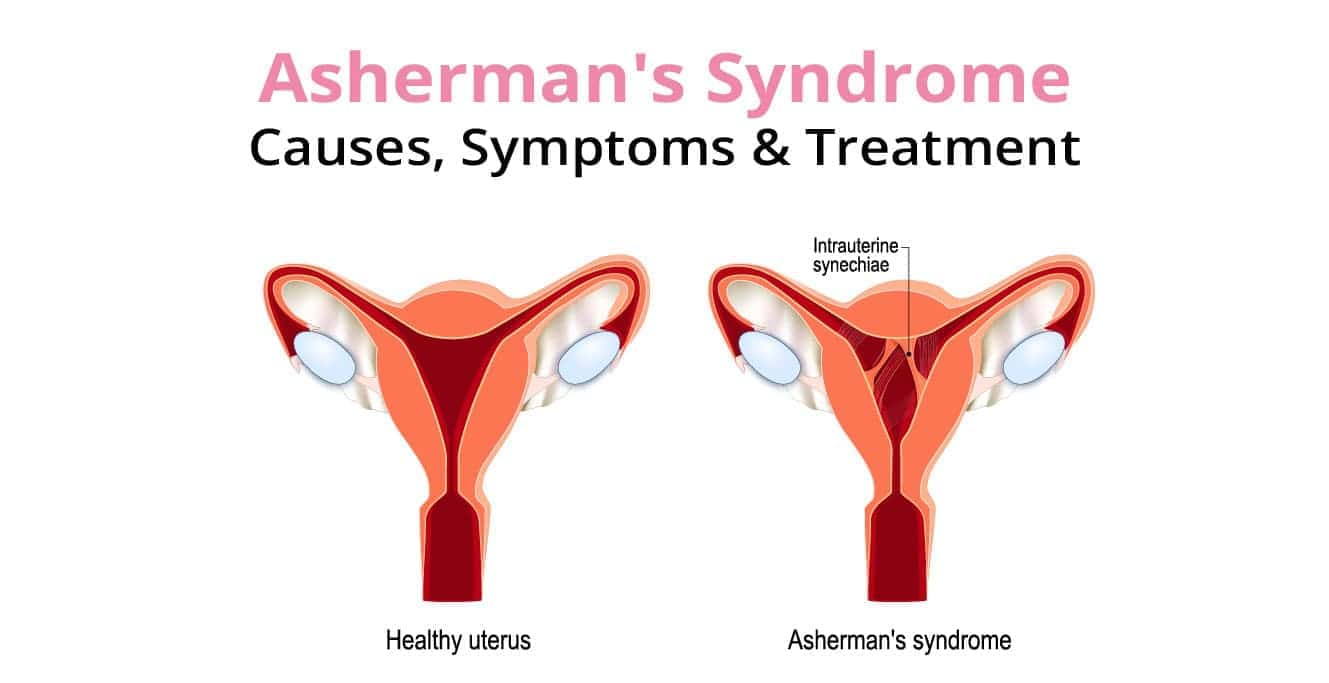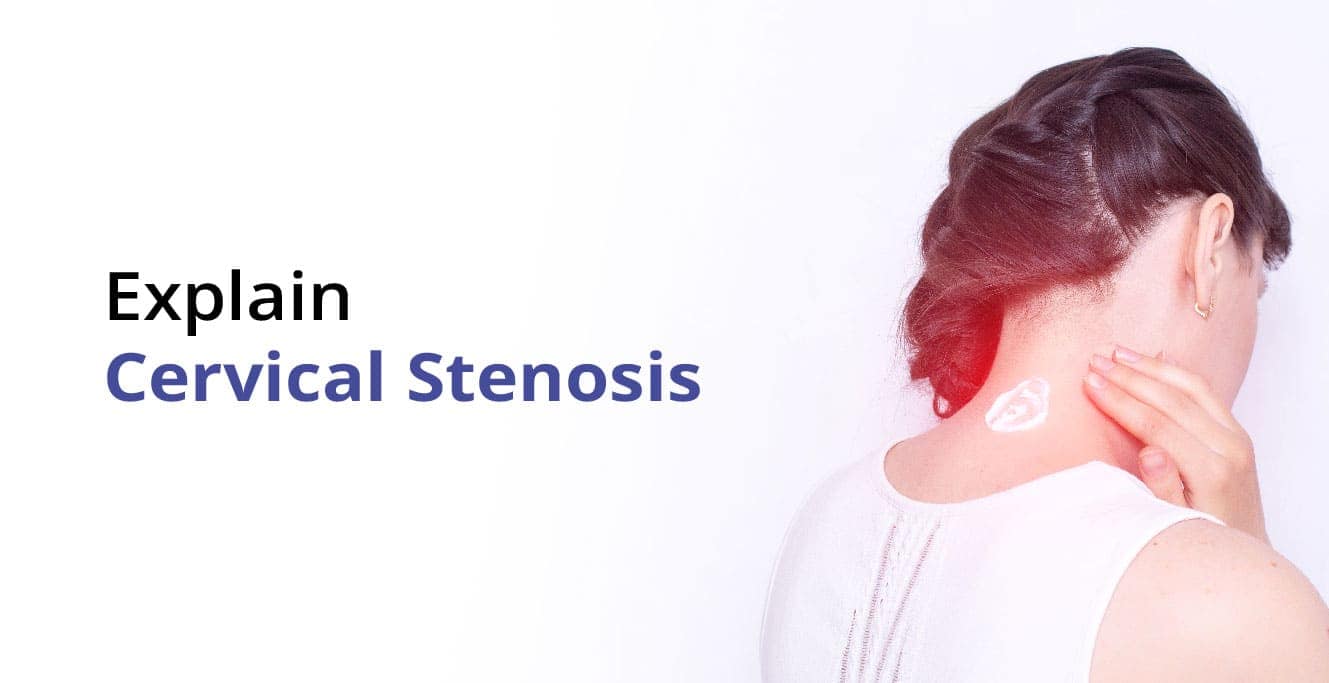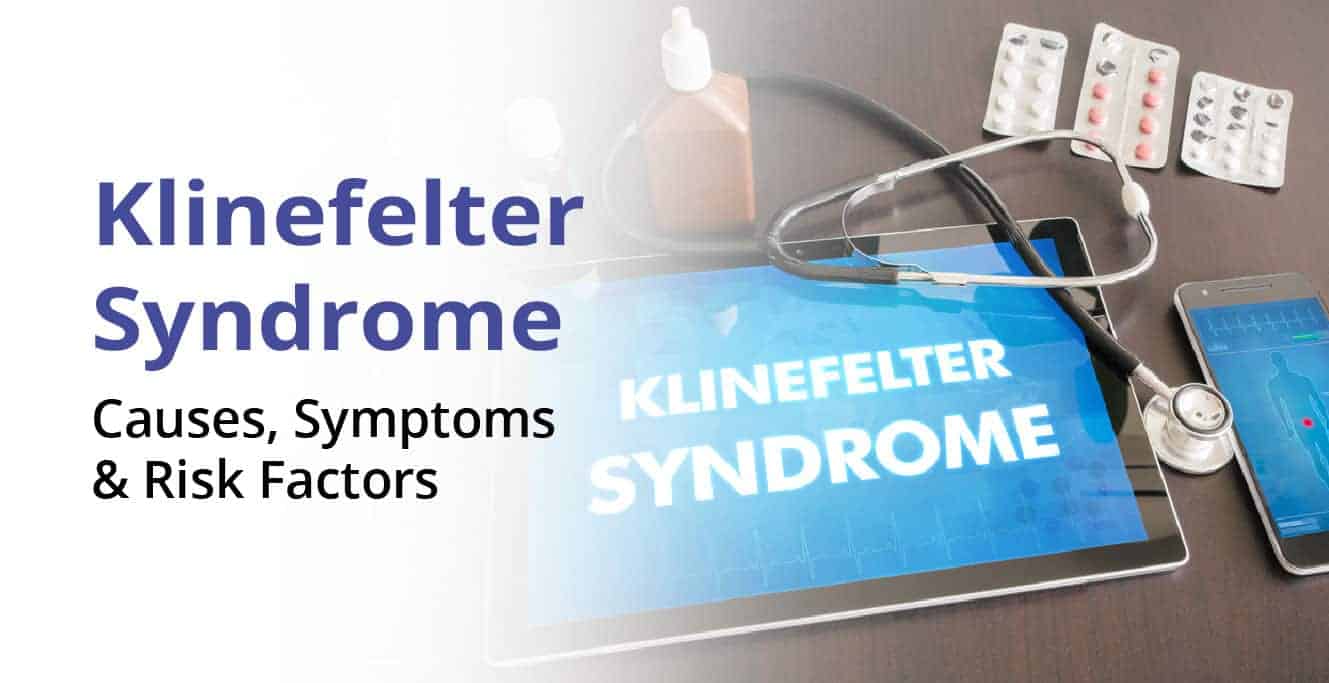The uterus, a muscular organ located between the bladder and rectum of the female anatomy, has multiple functions. It expands and carries the baby during pregnancy and also enables the menstrual cycle. During conception, this is where the fertilized egg gets implanted.
To perform these functions efficiently, the uterus must be hollow.
Now, imagine it starts filling up with scar tissue. As the tissue builds up and gets thicker, the space within the uterus keeps reducing. It can have multiple consequences, from causing pelvic pain to excess bleeding. It can also result in fertility problems.
This condition is known as Asherman’s syndrome.
Asherman’s syndrome symptoms
Some of the Asherman’s Syndrome symptoms to look out for are as follows:
- Experiencing extremely reduced flow in periods
- Your menstrual cycle stops, all together
- You experience abnormal uterine bleeding such as spotting or very heavy bleeding
- Experiencing cramps and severe pelvic pain
- Being unable to get pregnant
However, in many cases, Asherman’s Syndrome symptoms do not manifest as symptoms. In this case, be alert to discomfort in the pelvic region and any change in period frequency and flow.
Asherman’s syndrome causes
One of the main Asherman’s Syndrome causes is that it can manifest as an aftereffect of different types of surgeries. For instance, removing fibroids using an electric instrument during an operative hysteroscopy can lead to scar tissue formation.
Other causes include the following:
- Sometimes tissue can form on the uterus lining or after a miscarriage or abortion
- A surgery involving dilation and curettage, which aims to remove the tissue, can consequently result in scar tissue growing inside the uterus
- Another type of surgery is the C-section, when the stitches are removed and you have an infection at the time of removal; this is a very rare case
- The occurrence of infections during conditions like cervicitis, other types of uterus-related surgeries, and pelvic inflammatory disease, can lead to the generation of scar tissue and, in turn, Asherman’s syndrome
- Another trigger is radiation treatment which is used to treat during the onset of cervical cancer
Asherman’s syndrome diagnosis
If you experience any of the symptoms, it’s advisable to visit a medical practitioner. Be sure to share any medical history connected to the uterus or pelvic surgeries.
To detect scar tissue in the uterus, your doctor will do a sonohysterogram, which involves injecting saline solution inside the uterine cavity using a catheter. The saline helped to expand the uterus to get a clearer look inside.
They will then do a transvaginal ultrasound to check if any tissues are creating a blockage.
Several imaging tests also may be used to diagnose Asherman’s syndrome. These can include an ultrasound and a hysteroscopy. The latter involves inserting a thin tool with a camera inside the vagina and into the uterus, so your doctor can get a clear look.
Asherman’s syndrome treatment
Asherman’s Syndrome treatment depends on the severity of the condition as well as other factors.
For instance, you might be planning to have a baby over the next two to three years. Women experiencing Asherman’s Syndrome often experience difficulty in conceiving.
So, your doctor will come up with a more comprehensive treatment plan that includes infertility treatment.
The most popular Asherman’s Syndrome treatment is a hysteroscopy. Here, the adhesive tissue is physically removed very carefully from the uterus.

A potential hazard is that healthy tissue may also be damaged or extracted. This is why it is very important to visit a credible health care provider who has conducted such procedures multiple times.
After the procedure is complete, hormonal treatment may be administered. This is because estrogen is known to have a healing effect on the inner lining of the uterus.
A small intrauterine catheter is left inside the uterus for a few days to facilitate it. The catheter is also used to administer antibiotics to prevent possible infections after the hysteroscopy.
The effect of the procedure is that it reduces the scarring tissue. It relieves one pelvic pain. It also restores the menstrual cycle to normalcy.
Reduction in the scarring tissue also increases the chances of pregnancy. However, if you continue to have difficulty with pregnancy, it is best to visit a specialist who can help you effectively navigate your fertility issues.
Takeaway
If you observe any Asherman’s Syndrome symptoms, you are advised to visit a specialist who is savvy with this condition and has experience in treating it before. This is a fully treatable condition. Hence, it is advisable not to delay getting the expert help you need.
If you are struggling to get pregnant and discover Asherman’s Syndrome, your health service provider will first offer treatment for this condition. Once you are cured of Asherman’s Syndrome, it’s a good idea to visit a specialist who can support your fertility goals.
To seek the best treatment for infertility concerns, visit Birla Fertility and IVF, or book an appointment with Dr. Radhika Bajpai.
FAQs:
1. Can you get pregnant with Asherman’s Syndrome?
After the treatment, chances of pregnancy do improve. However, sometimes even when the menstrual cycle is restored, infertility can be a barrier. It is best to see a specialist to get a proper diagnosis and an action plan to help improve the chances of pregnancy.
2. Can Asherman’s syndrome be treated?
Yes, absolutely. Asherman’s syndrome treatments will be decided by your healthcare provider based on the exact diagnosis and severity of the scarring. Be sure to visit a specialist who can correctly diagnose and treat the condition. The procedures involved are extremely delicate, so patients are advised to seek out the best doctors in the field to address their condition.
3. What are Asherman’s Syndrome Causes?
Asherman’s syndrome can develop as a consequence of several issues. For instance, surgical procedures on the uterus can lead to scarring in the uterus. In turn, the uterus can develop scarring tissue. Another cause can be an infection in the uterus or pelvic region, which then aggravates the Asherman’s syndrome. The third cause is exposure to radiation treatment to combat cervical cancer.
4. What are the symptoms of Asherman’s syndrome?
The most common symptoms include pain in the pelvic region, very light flow during the menstrual cycle, unusual flow patterns during menstruation, and inability to get pregnant.























